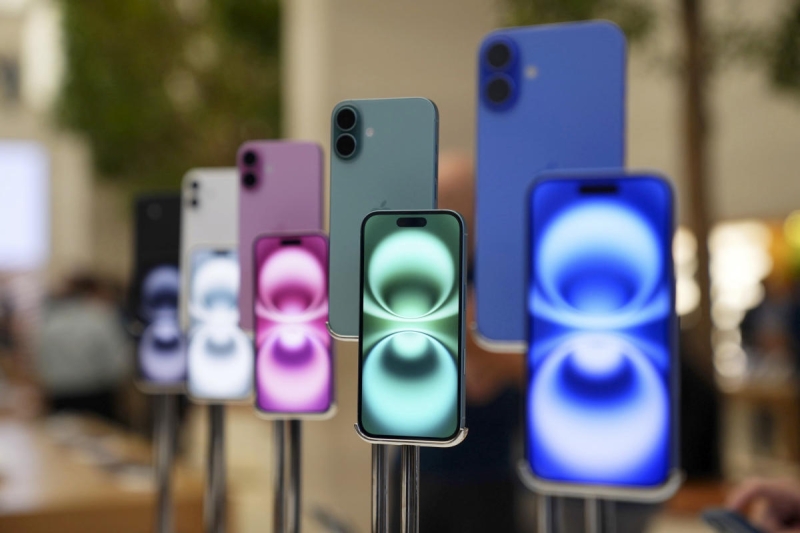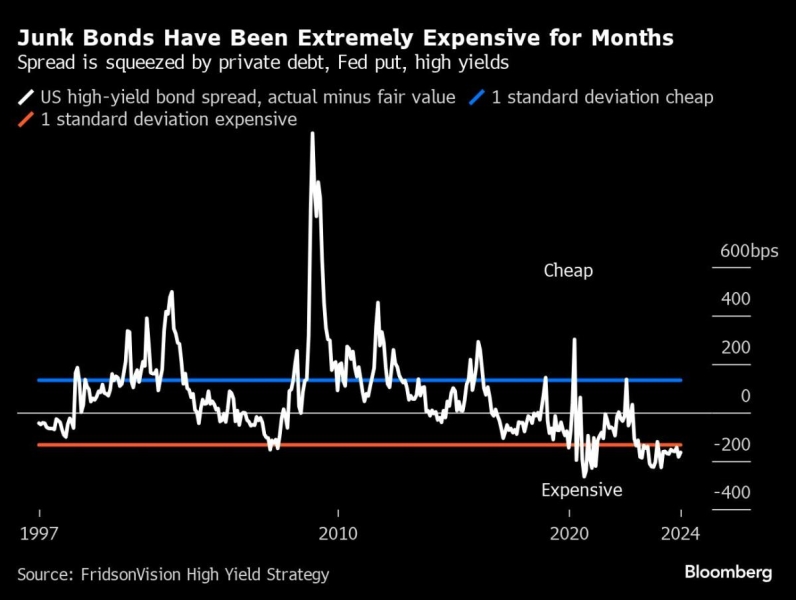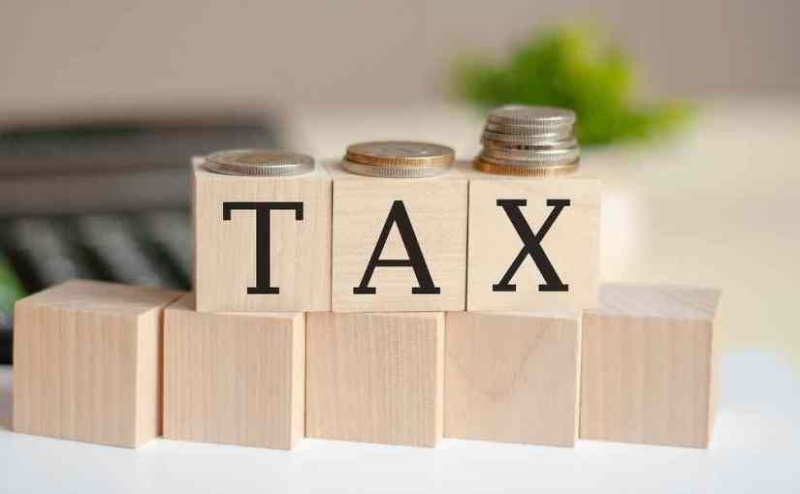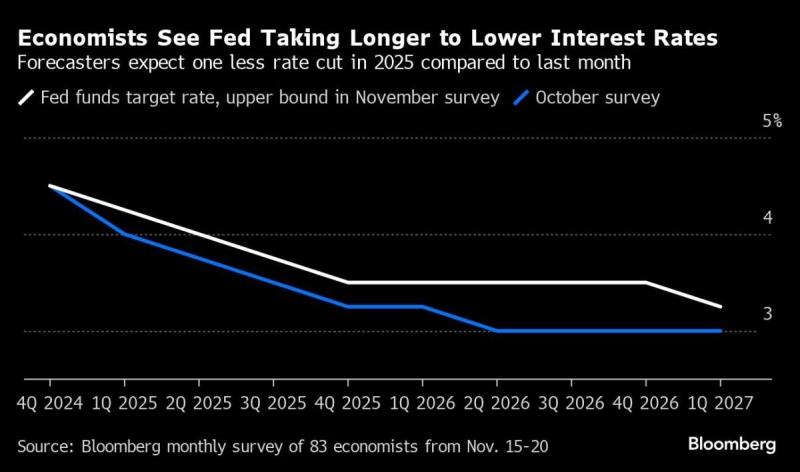
It’s been a week since Apple’s (AAPL) iPhone 16 lineup went on sale, and Wall Street isn’t happy with the early results. That’s because shipping times for the company’s latest smartphones are shorter than prior years. And while that might be good for consumers, it could also indicate that demand for Apple’s latest smartphones is lower than it was for their predecessors.
The thinking is that if customers can easily get their hands on the new iPhones, then there’s a relative glut of phones available to purchase versus last year.
“Typically, at this point in the launch cycle, wait times at the high end have ticked higher sequentially as demand remained somewhat stable,” UBS analyst David Vogt wrote in an investor note Tuesday.
“However, wait times in the US for the high-end 16s (Pro and Pro Max) did not notably tick higher like the wait times for the high-end 14 and 15s.”
Morgan Stanley Research’s Erik Woodring provided a similar observation in his note to investors, writing that as of Tuesday, 11 days after iPhone preorders went live, iPhone 16 lead times continued to track lower than previous iPhone sales cycles.
Woodring said that the average iPhone 16 lead time stood at 15.2 days compared to an average of 25.7 days for all iPhone 15 models last year and 18 days for the iPhone 14 line, based on Morgan Stanley's checks.
Models of iPhone 16 are on display at the Apple Store in Regent Street, central London, as the iPhone 16, 16 Plus, 16 Pro, 16 Pro Max go on sale, alongside other Apple Watch products, Friday, Sept. 20, 2024. (James Manning/PA via AP) (ASSOCIATED PRESS)
Importantly, Woodring pointed out that the iPhone 16 doesn’t appear to be impacted by the kinds of supply constraints that caused a slowdown in iPhone shipments in recent years but added that Apple generally overbuilds its number of iPhones ahead of launch.
Taken together, the early outlook for Apple’s iPhone 16 sales appears troubling. But there are two other points to take into consideration. The first is that Apple may have simply prepared better for iPhone demand this time around, which means it’s able to ship them out more quickly than in previous years.
The second point is that iPhone customers could simply be holding off on grabbing an iPhone 16 or iPhone 16 Pro because Apple Intelligence isn’t available yet. This year’s flagship feature for the iPhone, Apple Intelligence is set to launch later this fall, with additional capabilities added throughout 2025.
The first batch of features, coming in October, will include a revamped version of Siri, summarizations for text messages and other notifications, and word options to reword and summarize text documents.
While the latest iPhones don’t include Apple Intelligence, they are still excellent smartphones. The updated cameras and improved photo style options are great touches. And the improved battery life and addition of the Action Button to the base iPhone 16 and iPhone 16 plus are welcomed upgrades.
But with Apple’s promise that Apple Intelligence will fundamentally change what users are able to do with their iPhones, consumers may feel as though upgrading right away isn’t worth the trouble and could instead make the switch when Apple Intelligence launches in October.
It’s also worth noting that while the first initial weeks of iPhone sales can provide a sense of early demand for Apple’s latest smartphones, the holiday season is typically the most important indicator of how consumers are reacting to the devices. If sales slow during that period, Apple will truly have something to worry about.
Sign up for Yahoo Finance’s Week in Tech newsletter. (yahoofinance)
Email Daniel Howley at dhowley@yahoofinance.com. Follow him on Twitter at @DanielHowley.





